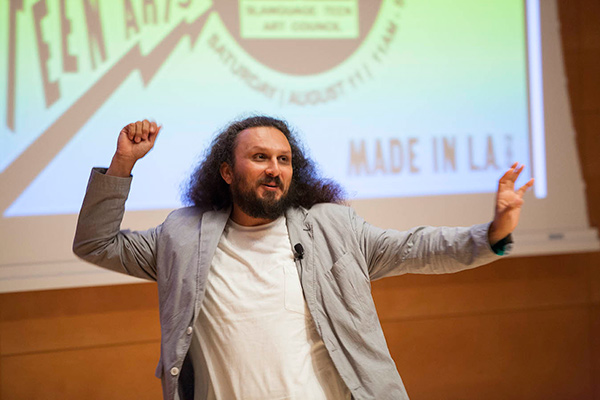
Visionary Writing Techniques #006
by John Onorato
Diving in and just talking about a subject is a great strategy when you already know a lot about the subject.
If you happen to not, though, preparation is key.
Even if you already know a lot, though …
Everyone benefits from some behind-the-scenes preparation. This is how coaches seem seasoned; this is how we look well put together and on top of things.
We prepare before we go public.
“Opportunity does not waste time with those who are unprepared.”
― Idowu Koyenikan
As y’all know, I’m a professional freelance writer. I frequently write about subjects I know a lot about — self-development, disability, the craft of writing, editorials and the like.
Just as often, though, and especially for clients, I write on things I don’t know that much about. So I thought y’all might like to hear about the process I use to write articles.
It works for me. And I hope it works for you as well. I’d love to hear about how you’ve adapted my process for yourselves!
The steps of the process are:
- Get the Idea
- Research
- Write Freestyle
- Reread What you Wrote
- Pull Out the High Points
- Flesh out Those Points
- Edit & Clean Up
- Publish!
The rest of this article will talk about each of these steps in a little more detail.
Get The Idea
Here’s the easy part. Just decide on what you want to write about.
For these assignments, Kirk will hand you a topic to write about. Let’s say it’s Ego. You may also decide to write about something on your own.
I recommend and encourage this latter course of action!
Research
Here’s where you get all of your mallards (ducks) in a line.
I might read a few articles about Ego, maybe watch a few YouTube videos. I won’t choke down everything about the subject, though. Rather, I’ll focus on areas of the topic that interest me.
If you already know a lot about the topic, then use this step to consider a few sub-topics you might write about.
If you want to make a mind-map about the subject, now is the time to do it. Sometimes I’ll make one, sometimes I won’t.
Within the topic of Ego, I want to know how to downplay its role in my life. I don’t like it when my Ego ‘takes over,’ or when I ‘get on my train’ and listen only to my own counsel.
Freestyle!
Here’s where it gets fun. Before all that good research leaks out your ears, write about it.
Write freestyle! Write for fun! Write for yourself! Don’t worry about grammar or correctness; you aren’t going to be sharing this pre-first-draft with anyone.
This is only to start getting your thoughts (and your final article) in order.
For me, this part of the process works best if I write at least 1,000 words. It also works even better if I write by hand, in one of several notebooks I keep for just that purpose.
(Writing by hand is similar to writing on a computer, but the process is very different. I’ll talk about those differences in a later piece.)
What’s Important?
Now, re-read your freewriting. Make note of the most important parts. You can circle them, or write them on a separate piece of paper.
These points will be the bones of your finished piece.
Arrange them in a way that makes sense to you. Order them so they tell a story!
You Betta WORK!
Your next step is to put some meat on those bones in front of you.
Write a line or two by way of introduction.
Flesh out the points you pulled out in the step above.
Be sure each idea connects to the next.
Write a line or two for conclusion. Bonus points for providing your reader with a takeaway or Call To Action (CTA)!
Phew! Now take a break. You’ve been busy!
Edit & Clean-Up
This step works best if you put some time in between it and the one above. A couple of hours works fine, but a day or two is even better.
Go back through what you’ve written above. Tighten it up, remove extraneous words, fix any spelling or grammar mistakes.
This is a great time to read your piece aloud, like I suggested in VWT #004.
I promise your piece will be more effective if you edit.
So.
Much.
Better!
Publish!
Now it’s time to pull the trigger. Drop your piece in the Visionary group, or push it to its final destination.
And pat yourself on the back! You’ve done some great work here.
In Closing
I’ve used this process for quite a long time. Although some forms of writing (like correspondence) don’t require this much prep, it works great for almost any occasion you’ve got to present something to others.
In fact, this process works so well for me, I’ve got a Post-It note near my monitor to remind me.
Now get out there and wake up the world!

